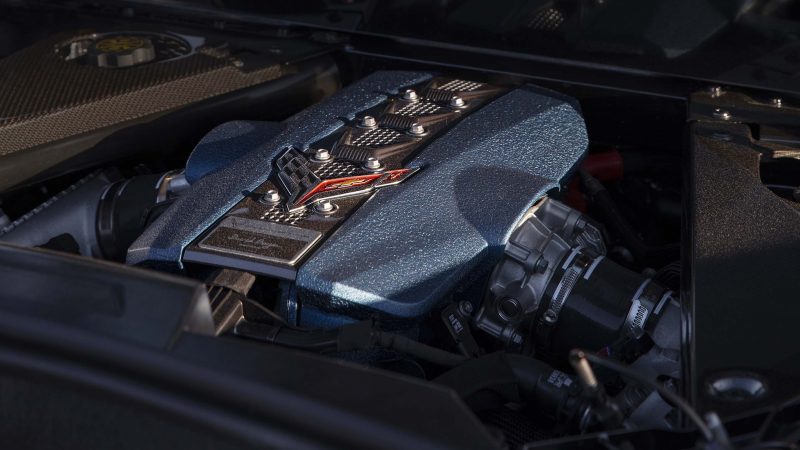
GM Invests in Tonawanda Plant for Next-Gen V-8 Engine Production
General Motors will invest $888 million in its Tonawanda Propulsion plant near Buffalo, New York. This marks the automaker’s largest-ever investment in an engine facility and supports the production of GM’s sixth-generation V-8 engines for trucks and SUVs.
The investment will fund new machinery, tooling, and facility upgrades. GM says this new V-8 engine line will offer better performance, improved fuel economy, and lower emissions than the current generation. The project will also preserve and support jobs at the historic plant, which has been operational since 1938.
Tonawanda will join GM’s Flint Engine plant in Michigan as the second site building these next-generation engines. According to GM Chair and CEO Mary Barra, the upgrade reflects GM’s commitment to U.S. manufacturing and innovation.
A Longstanding Legacy in American Manufacturing
GM’s Tonawanda facility has played a key role in U.S. industrial history. Built to assemble six-cylinder engines and axles for Chevrolet, the plant pivoted to military production during World War II. It built aircraft engines like the Pratt & Whitney used in the P-47 Thunderbolt and B-24 Liberator.
After the war, Tonawanda returned to automotive work and has since evolved into one of GM’s core propulsion centers. Currently producing GM’s L8T V-8 engine with cast iron blocks and aluminum heads, the plant sources major components from GM’s Ohio and Michigan foundries. Though it doesn’t have its own melt shop, it generates significant volumes of recyclable materials, including scrap metal and packaging waste.
This latest investment modernizes the 3.1-million-square-foot facility and readies it for future powertrain production through 2027 and beyond. Plant Director Tara Wasik described the project as “an exciting new chapter” for the skilled workforce at the site.
SuperMetalPrice Commentary:
GM’s strategic investment in Tonawanda signals continued demand for internal combustion engine (ICE) powertrains, even amid a global shift toward electrification. While GM expands EV capacity elsewhere, its commitment to refining V-8 engine technology reflects enduring demand in the truck and SUV market. For metals markets, this move reinforces steady consumption of aluminum and cast iron engine components. The project also keeps focus on U.S.-based value chains, from foundry to final assembly.











Leave a Reply
You must be logged in to post a comment.